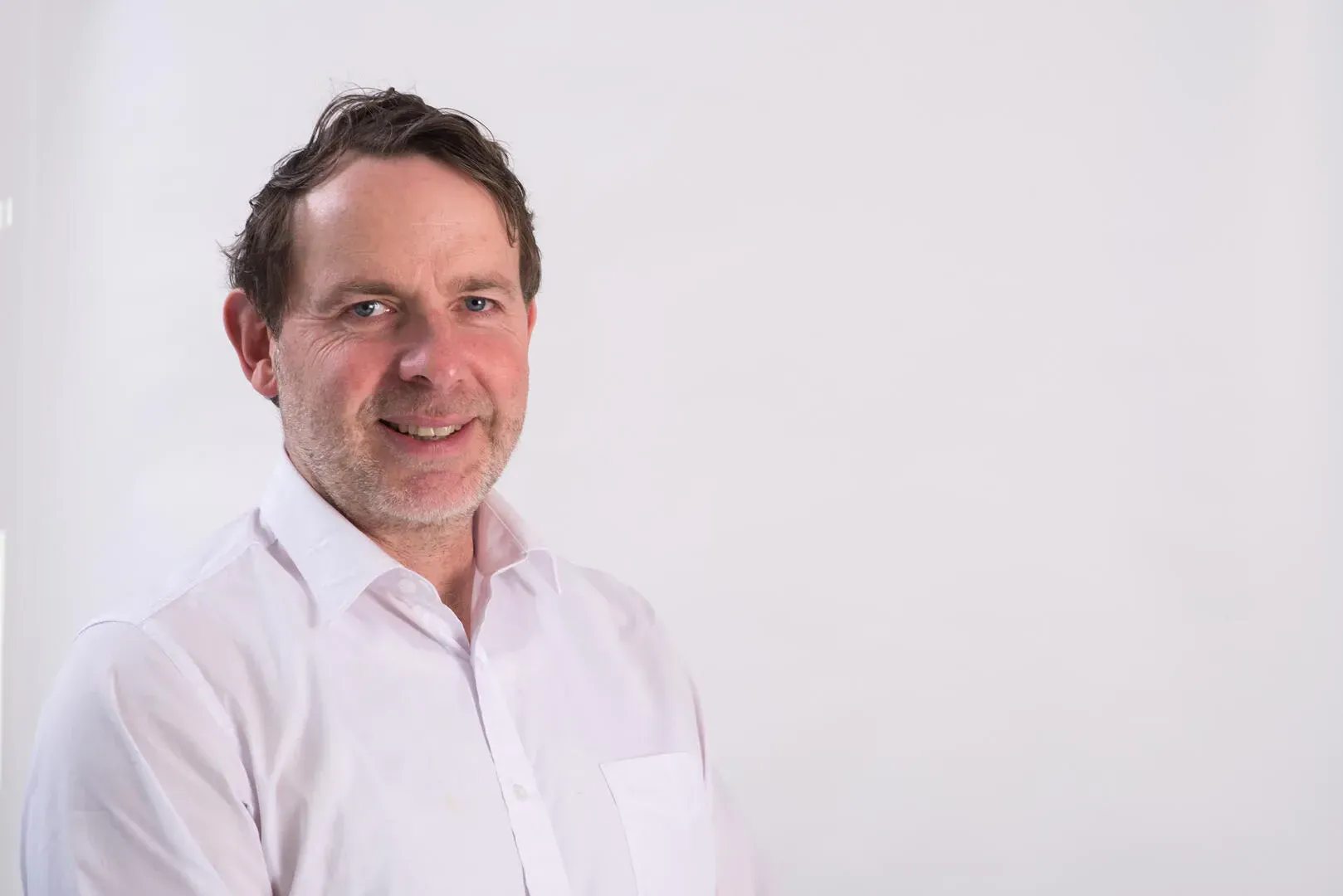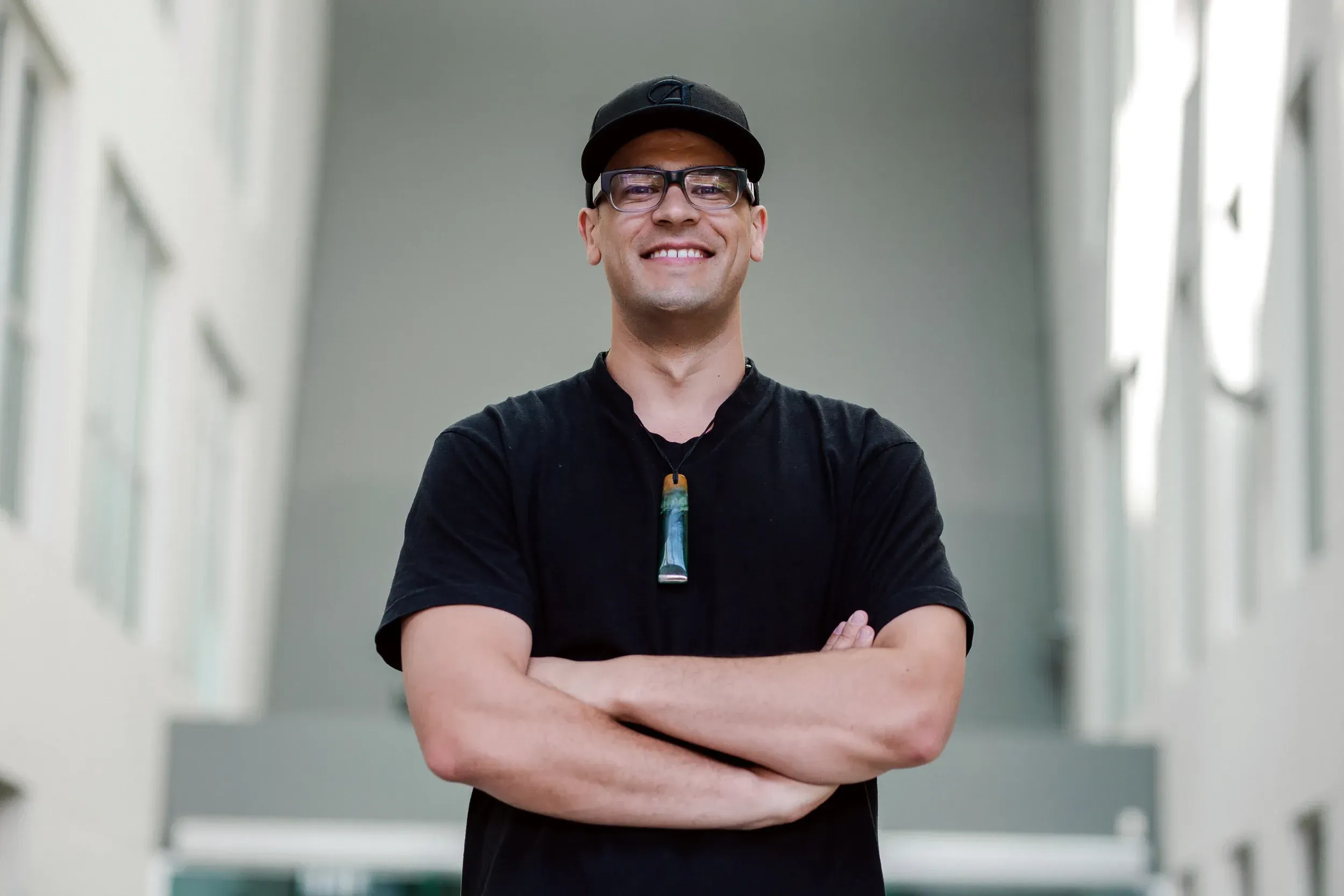Controversial Decision - Creative NZ Defends We Are Indigo/Toi ki Tua Choice
Written by
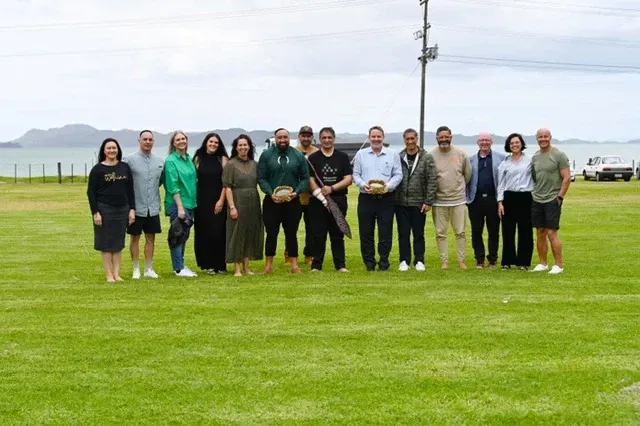
Scrutiny and Creative New Zealand decisions have gone hand in hand this year.
Be it the money - or lack thereof - handed out, the process of how funding decisions are made or the calls on who does and doesn’t get the green light for financial support - CNZ has been under the spotlight for most of 2022.
But its most recent announcement of a new Digital Arts Commissioning and Capability Service, with $5.3 million dollar invested in the newly formed Toi ki Tua that's raising further eyebrows from many inside the creative community and outside of it.
That’s because of who they’re partnered with.
We Are Indigo have themselves been in the headlines for reasons they would rather not - the digital innovation company has faced allegations of bullying and taking advantage of Māori and Pasifika small businesses.
Toi ki Tua will be owned by We Are Indigo - and will receive the money over the next four years. Details on what will be delivered have been vague so far, aside from CNZ’s declaration that “the new service will give artists and arts organisations the opportunity to utilise the latest digital technology to create, distribute and earn more income from their work.”
Members of the creative community who have approached The Big Idea with their reaction range between gobsmacked that an organisation like CNZ would align itself with one that brings with it a muddied public reputation to outrage that so much money is being spent, with speculation other providers without the same media baggage could have done it for far less.
The Big Idea spoke to CNZ Chief Executive Stephen Wainwright to find out how the decision was made and what the creative community can expect from the new initiative.
So why We Are Indigo?
Working with someone who’s name has been besmirched - rightly or wrongly - always brings with it the risk some of the mud can stick to you.
CNZ must have seen the headlines coming - they’ve proactively supplied this summary document of the due diligence undertaken to ensure as transparent a process as possible.
The Big Idea asked if any consideration was given to whether this partnership would be worth the hassle that would certainly come with it?
“It’s a fair question,” Wainwright replies, pointing to what he has continuously labelled “the gold standard of due diligence” that CNZ applied to the process of selecting their provider.
“There was a big opportunity to put your best foot forward and from a technical perspective, these guys (We Are Indigo) won that race. But that's not enough, right? You also want to be confident that this is an organisation that will serve our community well.
“You enter into face to face meetings to give you more confidence in their history, that you think you can move forward together in an appropriate, professional way.
“What I can say confidently is that in our dealings with We Are Indigo - which have been pretty intense, there’s been a lot of work being done, a lot of clarification of the new proposal - we have been really impressed by their character and the quality of their work.
“We’ve done all we can to give ourselves all the reasonable confidence that we can have moving forward.”
That’s not enough to reassure everyone - including one of We Are Indigo’s most outspoken critics, US-based Kiwi entrepreneur Robett Hollis.
He’s both lodged an Official Information Act request for more details on the due diligence process and teed off in an open letter to Wainwright and CNZ that pulls no punches.
Hollis has called it “mindblowingly disturbing” that CNZ never spoke to anyone connected with government business funding body Callaghan Innovation or even read any of the reports circulating inside government agencies that originally dragged We Are Indigo into the spotlight through another of their subsidiary companies, Manaaki.
He also takes umbrage with Wainwright referring to “unsubstantiated allegations”, with Hollis declaring “you’ve now just ramped up even more interest into this situation as countless others in the ecosystem are all screaming a collective ‘WTF Creative NZ!!!!’ atm.
“Now many higher up the food chain including the Ministers WILL be double checking the i’s were dotted and the t’s were crossed and are still 100% comfortable for this contract to go ahead with an election around the corner.
“The utter incompetence and negligence shown by you and Creative NZ with regards to your handling of this $5.3 million contract to Manaaki and your ‘Gold Standard’ of Due Diligence will not only NOT age well,” stating the situation has become “more radioactive than Chernobyl on steroids.”
In response to Hollis’s open letter, Wainwright states “We undertook a thorough due diligence process between early September and October 2022. This included discussions with two referees nominated by We Are Indigo (including the Ministry of Business, Innovation and Employment), a search of Company Office records, an assessment of the financial position of We Are Indigo, and a search of information available in the public domain regarding We Are Indigo Ltd, its directors and its subsidiaries.
“We believed it wasn’t appropriate to approach Callaghan Innovation directly for a discussion on the Isacorp (due diligence) report because it wasn’t released publicly or shared widely at the time. We also know there is an ongoing dispute between We Are Indigo and Callaghan Innovation regarding the due diligence report.
“We’re aware of the previous disputes that have occurred between We Are Indigo and its subcontractors. We Are Indigo has been upfront in making us aware of the issues and has acknowledged that it has learnt from these experiences.
“We’re confident that we had the information we needed to make an informed decision through our own due diligence process. This confidence is bolstered by our first-hand experience working with Maanaki.io (owned by We Are Indigo) through the co-design and delivery of a Pacific creative enterprises programme, which has been running since August 2022.”
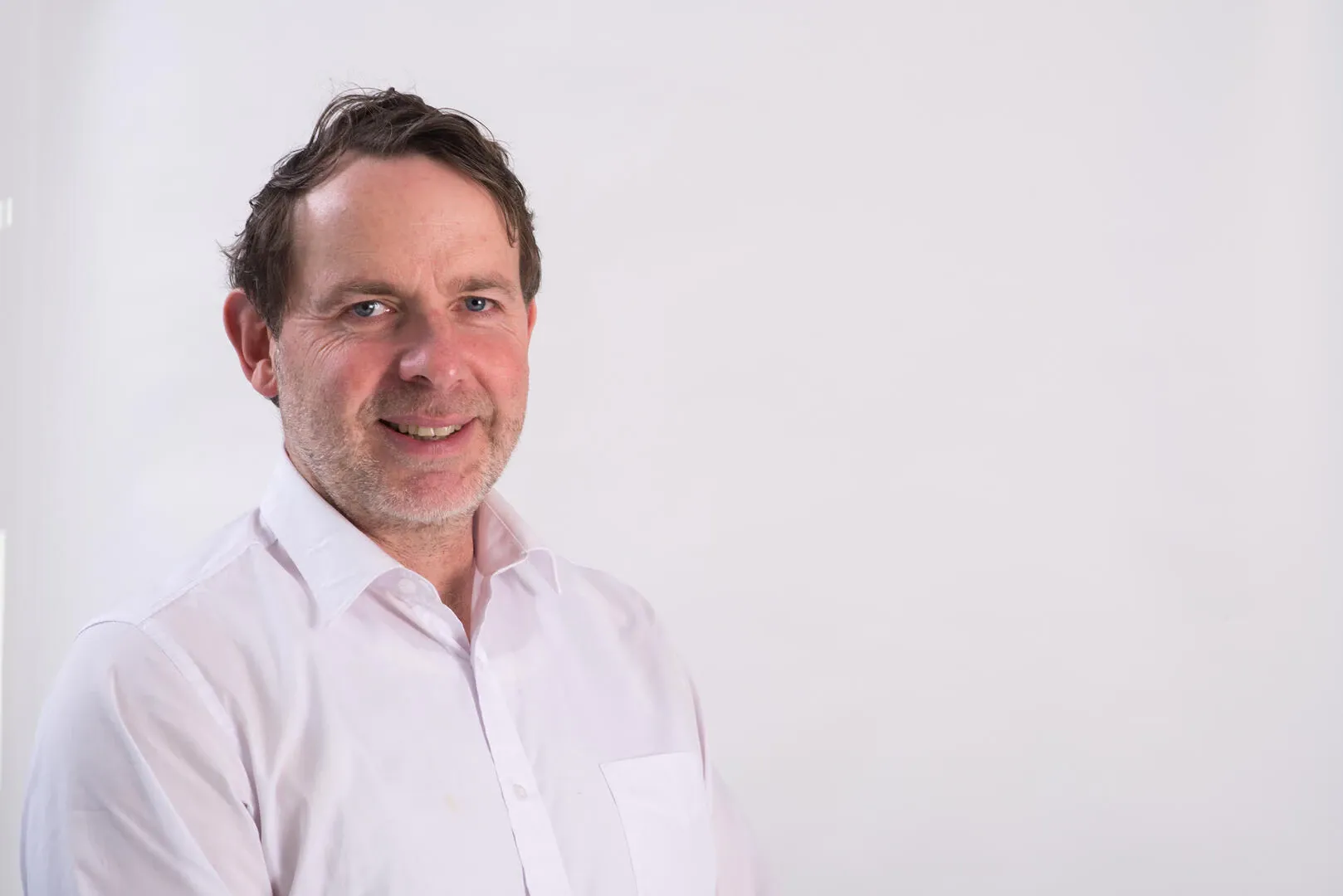
The Big Idea also asked what are the options if any of the allegations against We Are Indigo are proven true. Wainwright (above) noted “there are the usual caveats that you’d expect in any contract. Whether anything arises that has material or reputational consequences, we’d have to look at that in some detail.
“And, of course, it would be very helpful to have something a bit more robust than what was in the public sphere at the moment.”
Among the weighting in the application process, 10% of it was attributed to “a deep understanding of the arts and cultural ecosystem in Aotearoa”. When asked how We Are Indigo stacked up in that area, Wainwright explains “their world is around creative entrepreneurs and this project, of course, points in the direction of artists and practitioners.
“They might be able to say they’ve had some experience with that (as stated, with CNZ’s Pacific initiatives) - they in fact want to have a deeper relationship with the arts community, to earn the trust and respect so they can see the value of this kind of specialist, digital knowledge that can have a transformative impact on the work of practitioners.
“They wouldn’t say that it’s the area they think that they were best at - they're pretty good at it and they want to learn more. That kind of attitude, which was humble - really generous - which was one of the things that really impressed us."
Why invest in Toi ki Tua?
There surely can be no further resistance to the concept of futureproofing the arts and embracing the digital future - especially given the experiences of the pandemic years.
While live performance will always have a place, Wainwright is forthright in his stance that it can no longer be relied on purely.
“What we found through COVID - over the course of talking to lots of people here and abroad - is that in New Zealand, we’re not where we’d like to be in terms of digital possibilities for practitioners.”
He continues “digital creation is a really important thing, as is digital distribution of work - and we really want to turbocharge that. We think that will provide opportunities for producers to be paid for their work for their IP to be recognised.
“Of course, if it goes well and you can access enormously bigger markets than you can in New Zealand. From a public point of view, there's a real opportunity to democratise access to the arts digitally because of the tyranny of distance and cost.”
Why spend money on this while artists are struggling now?
It is worth noting, this service has been created by CNZ’s allotment from the Manatū Taonga Ministry of Culture and Heritage’s (MCH) Cultural Sector Capability Fund.
Wainwright admits “I'm sure that people will be saying ‘why isn’t this going into the arts grant pot’ for example, which is - as we all know - under ridiculously high pressure.
But that was never an option because the money in the short to medium term was one-off money from the Ministry that was COVID-related. That’s what it said on the tin, it wasn’t for ongoing BAU costs. It was for something that was designed to be ambitious and potentially transformative.
“The official line is that COVID is over but for the arts sector, it's very much alive. We are very aware that the level of demand that people are coming to us with is higher than it's ever been - and that our inability to satisfy that demand is causing pain in the sector. It's causing pain inside CNZ as well.
“That’s something we want to talk to the arts community about.”
Community consultation
Talking to the sector is actually a key role in what Toi ki Tua will actually provide and achieve.
Essentially, it’s a pretty blank canvas so far - at least publicly.
In a letter to its stakeholders and clients, CNZ has reassured them that “Toi ki Tua will be working with the community during the establishment period to understand the needs and refine its services.”
The art community consultation will begin early next year.
Unsurprisingly, this didn’t sit well with Hollis (below).
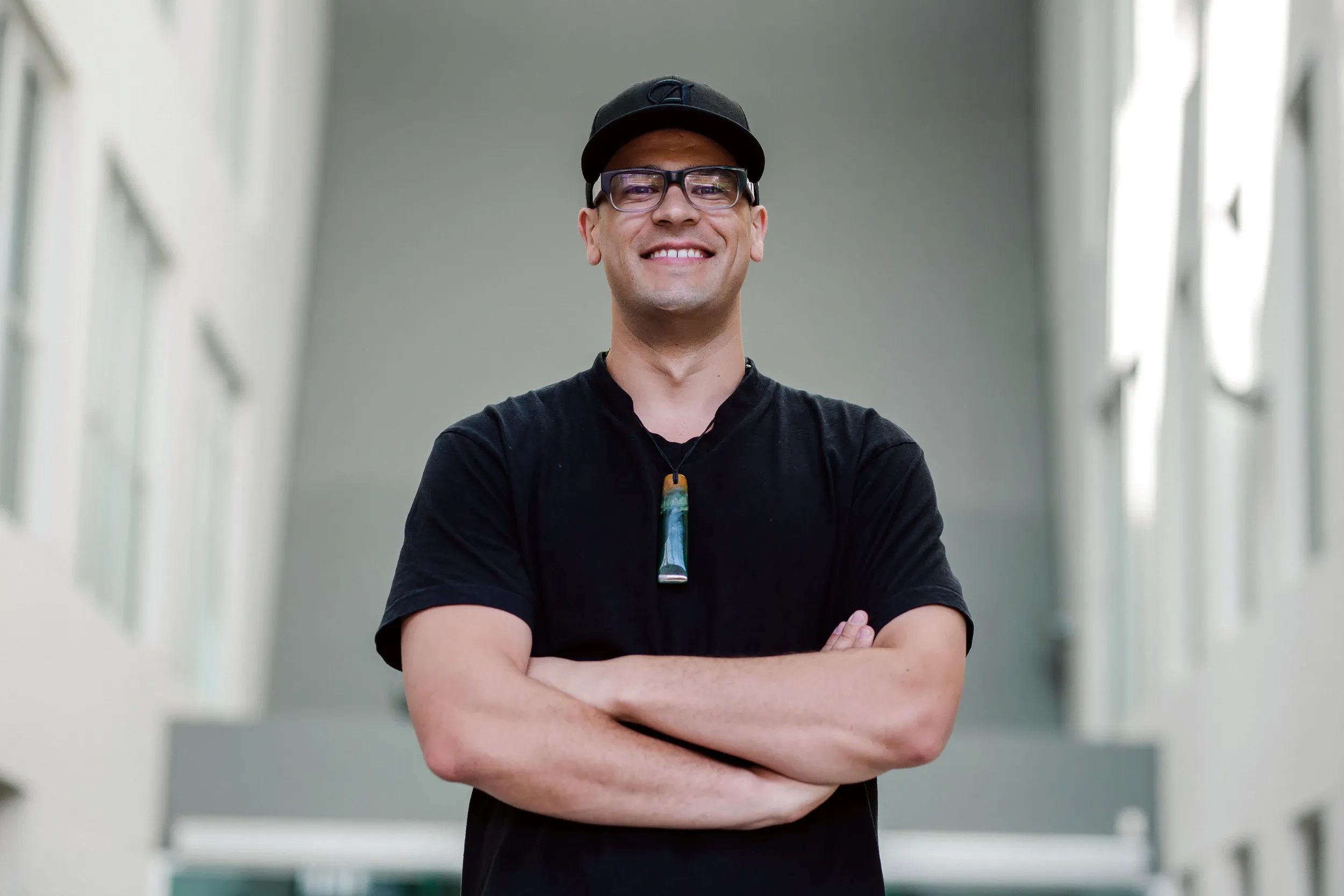
“The parameters for execution of this 5.3 million contract will actually be defined by We Are Indigo themselves in ‘consultation’ with the arts sector,” Hollis writes in his open letter. ”So just to be clear Stephen, as the CEO of a government organisation already under intense scrutiny, you’ve now just given out over 5 million bucks without even knowing what the outcomes need to be? Jacinda must be stoked. And you will let these parameters of the 5 million dollars be defined by Manaaki themselves?”
The Big Idea asked Wainwright about what the creative community can expect to see or have access to within the next 12 months?
“A lot of the delivery will be well up and running within six months and the clarity around the programs we anticipate will start being crystallised within the next three to five months.
“There's really four key pou: digital creation, digital distribution, digital access and digital resilience, and the deliverables across all of those things.
“There's some quite advanced preliminary thinking about what that might look like. We think it's a better idea to talk to the sector in a thoughtful way that meets the needs of the community as they exist now.”
There will also be opportunity for commissioned work for creatives from this initiative - along with a kete of resources available to them.
Expectations will be high - and will be the attention of many on how this partnership will deliver in a vital space for the creative community.
